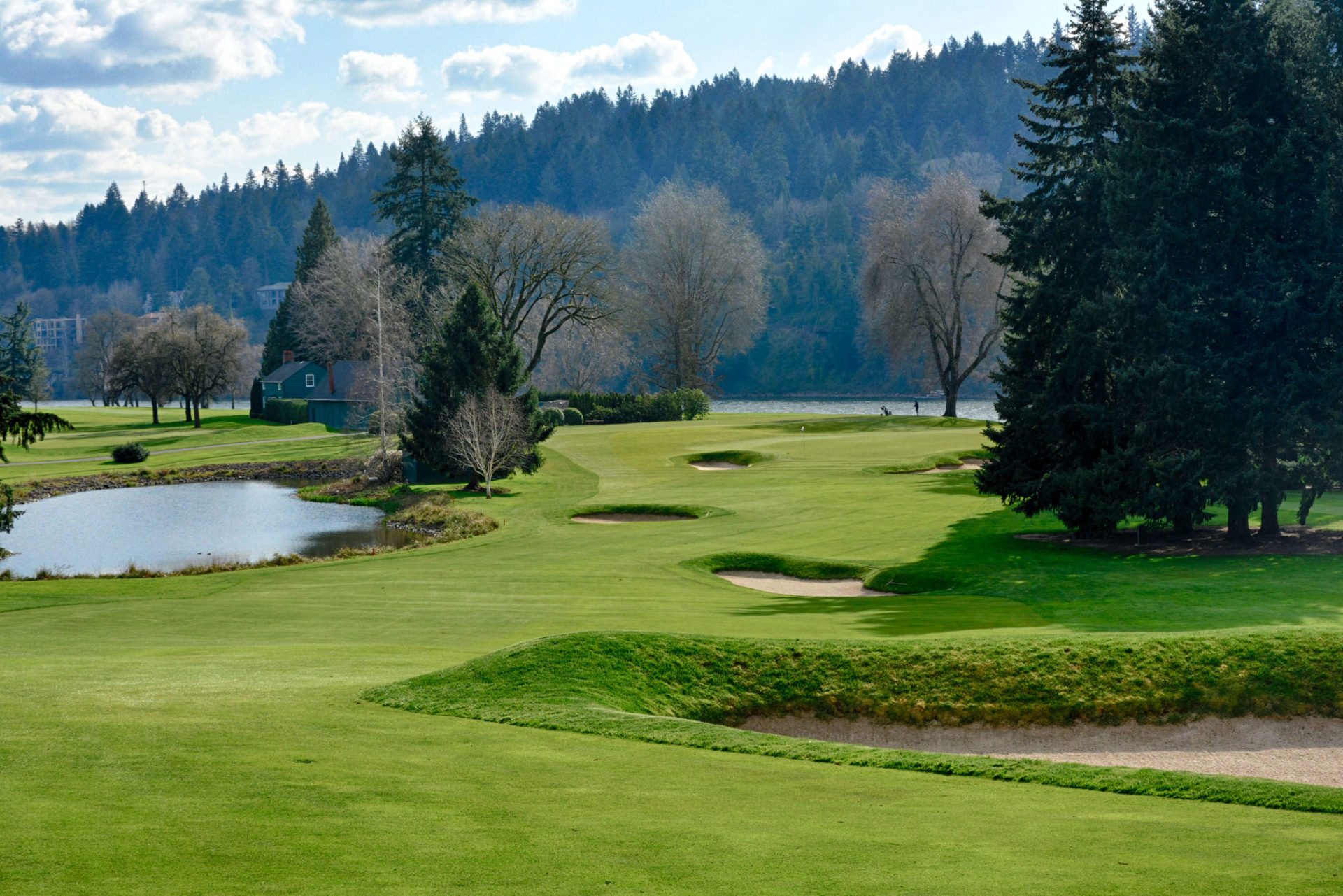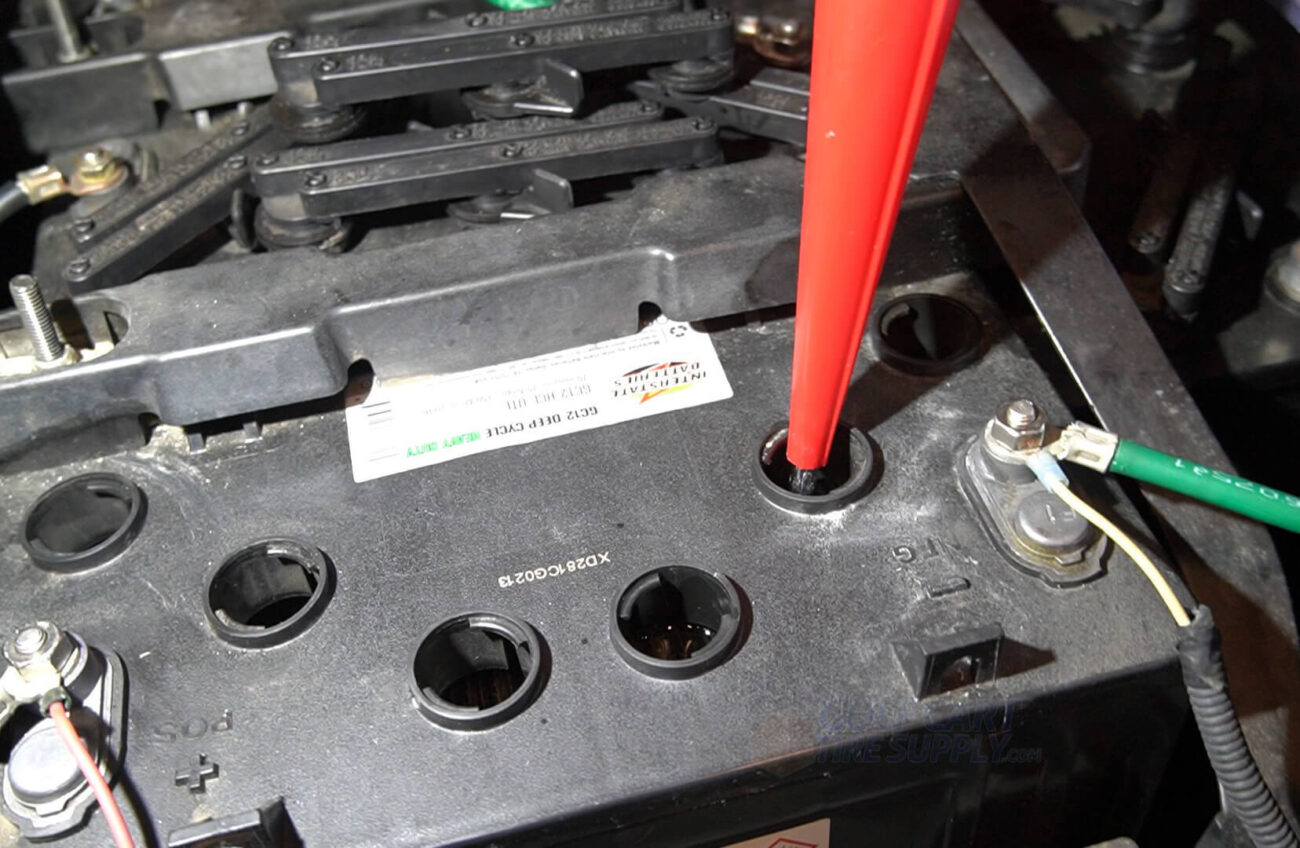
Country Clubs vs. Public Courses: Which Is Better for Your Golf Game?
Do the courses you play affect your score? In many ways—yes. As a former golf professional who grew up on public tracks and later worked and played at private clubs, I’ve seen both worlds up close. Below is a clear, practical rundown of how country clubs and public courses differ, how those differences show up on your scorecard, and how to decide what’s right for your budget, goals, and lifestyle.
Key Differences at a Glance
| Category | Country Club | Public Course |
|---|---|---|
| Pace of Play | Typically faster (fewer players; tee sheet control). 3.5–4.5 hours common. | Often slower (higher demand & wider skill mix). 4.5–5+ hours common. |
| Conditions | Usually superior (larger budgets; consistent greens). | Varies widely; some excellent, others struggle with rough/fairway/green speeds. |
| Practice | Robust facilities; unlimited range balls at many clubs. | Basic ranges; pay-per-bucket can limit practice time. |
| Costs | High fixed costs (initiation/dues; assessments possible). | Pay-as-you-play; many rounds under $100 (market dependent). |
| Community | Member network, events, leagues, family amenities. | Eclectic pairings, meet new golfers often; casual vibe. |
Playing Times & Pace
Country clubs generally move faster thanks to limited memberships and tighter tee sheet management. Expect foursomes to finish in roughly 3.5–4.5 hours. On crowded public courses, 4.5–5+ hours is common—and yes, the occasional six-hour slog happens.
You can play well at a slow pace, but long waits disrupt rhythm and focus. If you struggle with patience between shots, pace is a serious factor in scoring.
Course Conditions
Private clubs usually invest more in maintenance—resulting in smoother greens, more consistent lies, and defined rough. Public courses vary: many are excellent, others face lean budgets that make fast greens and lush fairways tougher to maintain.
Why it matters: Bare rough, shaggy fairways, and slow/variable greens add shots. You’ll see shorter average drives (less rollout), more putts (inconsistent pace), and extra strokes from imperfect lies.
Practice Facilities
Many country clubs build comprehensive practice campuses—short-game complexes, multiple putting greens, large ranges (sometimes with tech like TopTracer), and unlimited range balls. That encourages frequent, targeted practice.
Public ranges often charge per bucket; a $10 small bucket can dampen the appetite for long sessions. Not a deal-breaker—just plan deliberate, high-quality reps to maximize value.
Costs & Cost-Per-Round Math
Here’s where public golf fights back—hard. Country clubs require initiation fees (in many markets) and annual dues, and members can be assessed for capital projects. Public courses let you pay as you play.
Sample Cost-Per-Round Comparison
- Country Club (example): $10,000/year in dues; playing 52 rounds (once per week) ≈ $192/round before food minimums, carts, or tips.
- Public Course: Many quality rounds < $100 depending on market and season (twilight/specials can be lower).
Numbers vary widely by region and club. The point: run your own math. Consider how often you’ll actually play, not just how often you hope to.
Which Is Better for Your Game?
Financial Considerations
- Do a realistic cost-per-round calculation (include carts, lockers, food minimums).
- Be honest about how many rounds you’ll play. Most golfers overestimate usage.
Your Golf Goals
- If you’re chasing improvement, club facilities (and pace/conditions) can accelerate progress.
- Public golfers can improve just as fast with a deliberate plan: short-game hours, structured range work, and smart course selection.
- Pro tip: Ask a prospective club for a recent handicap index distribution to see if the membership matches your competitive level.
How Pace & Conditions Affect Scores
- Faster rounds help keep rhythm and decision-making sharp.
- Truer greens reduce three-putts and reward good strokes.
- Consistent lies make gapping and wedge control more predictable.
Lifestyle Considerations
Joining a country club isn’t only about golf. It can mean pool/fitness access, junior programs, social events, dining, and a built-in golf circle. Public golf offers spontaneity, variety, and a steady stream of new playing partners—there’s a unique camaraderie in that first-tee meet-up that often turns into new friendships.
Final Verdict
When I moved from public courses to working at a private club, two things stood out immediately: greens that rolled true and pace that flowed. Both are performance boosters. But I also missed the atmosphere of public golf: showing up alone, getting paired, and leaving with new friends.
If your priority is consistency, fast rounds, and practice access—and the budget fits—a country club can be a powerful ally to lower scores. If you value variety, flexibility, and lower costs, public golf can absolutely support great play with a focused routine and smart course choices.
Bottom line: Match the environment to your goals, budget, and schedule. Pick the setting that keeps you playing more, practicing better, and enjoying the game—because that’s what drops scores the fastest.





Add a review
Your email address will not be published. Required fields are marked *